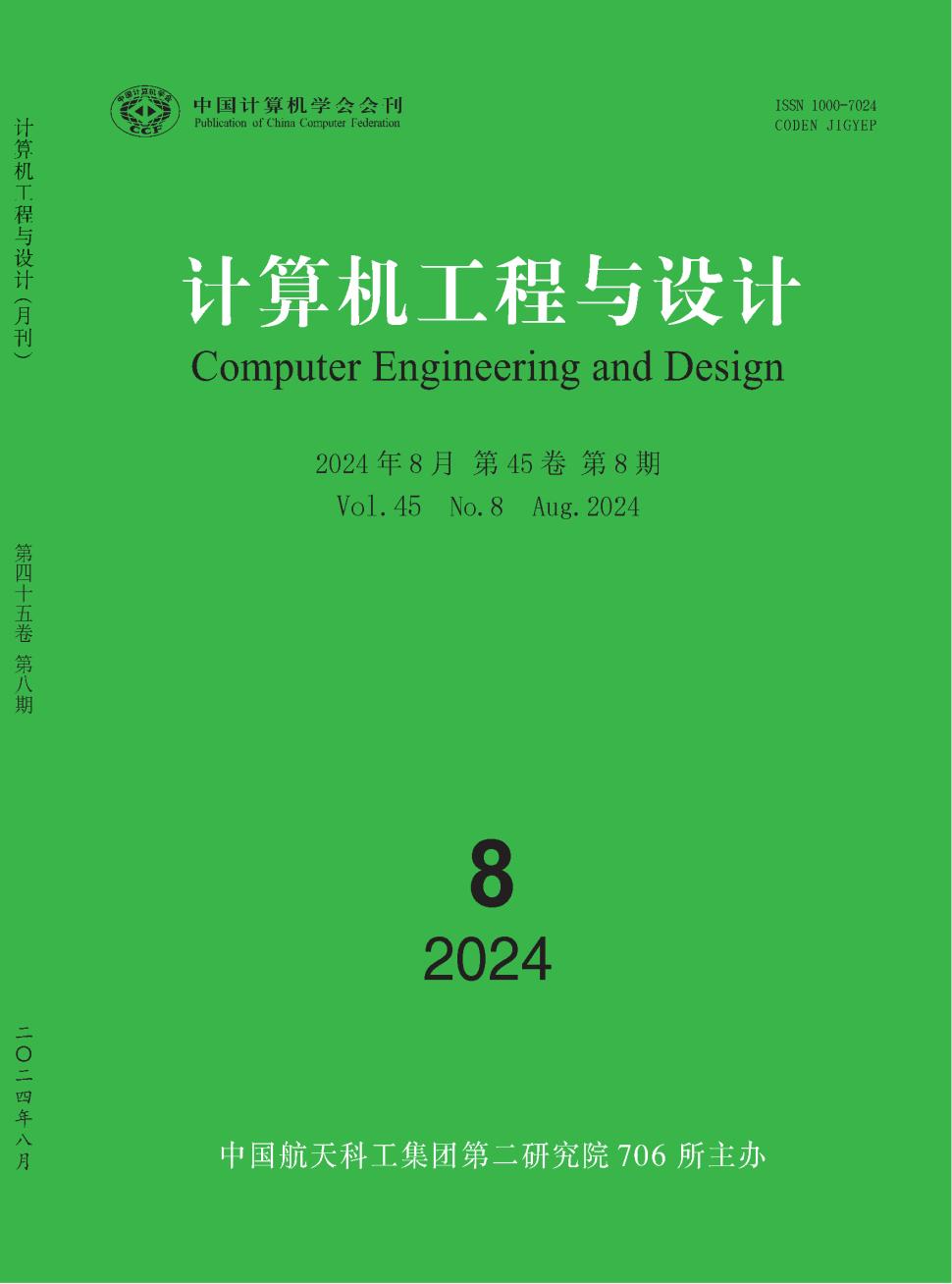植物病害检测图像预处理技术的计算比较
引用次数: 0
摘要
用于植物病害检测的深度神经网络模型非常丰富。在应用这些模型之前,为了提高检测结果,需要应用图像预处理技术。然而,在将目标检测算法应用于植物病害检测之前,缺乏对不同图像预处理技术应用的计算比较。本文旨在通过在执行两种最先进的目标检测算法(单阶段检测器YOLOV5和两阶段检测器Faster-RCNN)之前应用七种不同的图像预处理技术(自动定向,目标隔离,调整大小,灰度转换,静态裁剪,对比度调整,平铺)来填补这一空白。我们研究这些预处理技术是否提高了植物病害检测的准确性、训练时间和推理时间。除了单独比较这些技术外,我们还进行了预处理技术的组合。本实验研究使用了PlantDoc数据集。计算结果表明,该方法对YOLOv5和Faster-RCNN的平均精度分别提高了9%和3%。最后,所有七种预处理技术的结合使两种目标检测器的平均精度提高了约13%。本文章由计算机程序翻译,如有差异,请以英文原文为准。
Computational comparison of image preprocessing techniques for plant diseases detection
There is an abundance of deep neural network models for plant disease detection. Prior to applying these models, image preprocessing techniques are applied in order to improve the detection results. However, there is a lack of computational comparisons on the application of different image preprocessing techniques before applying object detection algorithms for plant disease detection. This paper aims to fill this gap by presenting a computational comparison of seven different image preprocessing techniques (auto-orientation, object isolation, resizing, grayscale conversion, static crop, contrast adjustment, tiling) applied prior to the execution of two state-of-the-art object detection algorithms, one single-stage detector, YOLOV5, and one two-stage detector, Faster-RCNN. We investigate whether or not these preprocessing techniques improve the accuracy, training time, and inference time, of plant disease detection. Apart from comparing these techniques solely, we also perform combinations of the preprocessing techniques. The PlantDoc dataset was used for this experimental study. Computational results show that the best method improves the mean average precision by 9% and 3% for YOLOv5 and Faster-RCNN, respectively. Finally, the combination of all seven preprocessing techniques yields an improvement of about 13% in the mean average precision of both object detectors.
求助全文
通过发布文献求助,成功后即可免费获取论文全文。
去求助
来源期刊
自引率
0.00%
发文量
20353
期刊介绍:
Computer Engineering and Design is supervised by China Aerospace Science and Industry Corporation and sponsored by the 706th Institute of the Second Academy of China Aerospace Science and Industry Corporation. It was founded in 1980. The purpose of the journal is to disseminate new technologies and promote academic exchanges. Since its inception, it has adhered to the principle of combining depth and breadth, theory and application, and focused on reporting cutting-edge and hot computer technologies. The journal accepts academic papers with innovative and independent academic insights, including papers on fund projects, award-winning research papers, outstanding papers at academic conferences, doctoral and master's theses, etc.

 求助内容:
求助内容: 应助结果提醒方式:
应助结果提醒方式:


